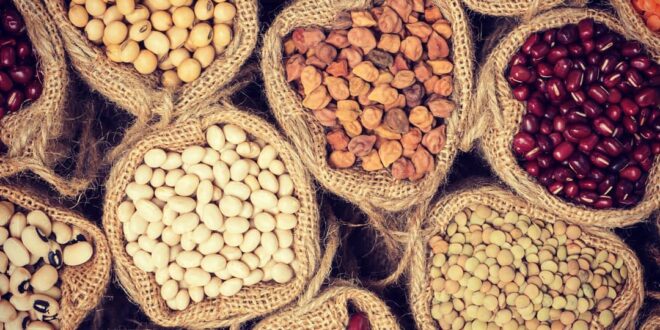Experts recommend eating a mostly Whole Food, Plant-Based diet, also known as a WFPB diet. This way of eating is practised by many traditional societies around the world, although in Western countries it has only recently started finding its way to the people. More and more people are questioning Western ways of eating, in which there is a strong presence of animal-based foods and processed foods.
The question comes as a result of disease rates, which appear to skyrocket in many Western countries, whereas traditional societies eating mostly plant foods appear to not suffer from chronic diseases such as diabetes and cancer.
A Whole Food, Plant-Based diet seeks to maximize the intake of all vital nutrients and eliminate the intake of processed foods high in sugar, salt and fat, as well as cholesterol (mostly found in animal-based foods). So what are the main food groups when eating WFPB?
Fruits and vegetables
Fruits and vegetables are top of the food group list. Eat the rainbow is a common phrase among WFPB eaters. The colours of foods tell us something about the antioxidant levels, which are vital for keeping us healthy and alive longer.
The simple suggestion is to eat as many varieties of fruits and vegetables (and as many different colours) as possible. As a benchmark, you will be doing a good job if around 50% of your diet is fruits and vegetables.
Also note that it is best to choose for seasonal and locally-grown varieties. There is a reason why certain fruits and vegetables grow in certain climates and at certain times of the year.
Whole grains
Whole grains are a key part of a Whole Food, Plant-Based diet. They make the difference with a regular plant-based diet, in which not much thought is normally given to whether a product is processed or not.
The idea here is to opt for whole grains such as whole wheat flour instead of white flour, and brown rice instead of white rice.
When going shopping, you may choose whole grain bread over white bread. Always make sure to check the ingredients to find out if a product truly contains whole grains.
Beans and legumes
Beans and lentils provide more vital nutrients and a wide range of proteins to fill you up. All big and small supermarkets nowadays sell a range of beans and lentils, including chickpeas, black beans, black-eyed beans, and all kinds of lentils. Pick your favourites!
Nuts and seeds
In small quantities, nuts and seeds can offer great health value. They are handy to carry with you as a quick snack.
Herbs and spices
To make dishes exciting and exotic, use a wide range of herbs and spices.
Conclusion
There are many resources to be found online that support a Whole Food, Plant-Based diet, as well as provide recipes and tools to get started. Are you ready to dive in and get started on a WFPB diet?
 HammBurg Be informed with latest news, reviews, entertainment, lifestyle tips, and much more.
HammBurg Be informed with latest news, reviews, entertainment, lifestyle tips, and much more.


